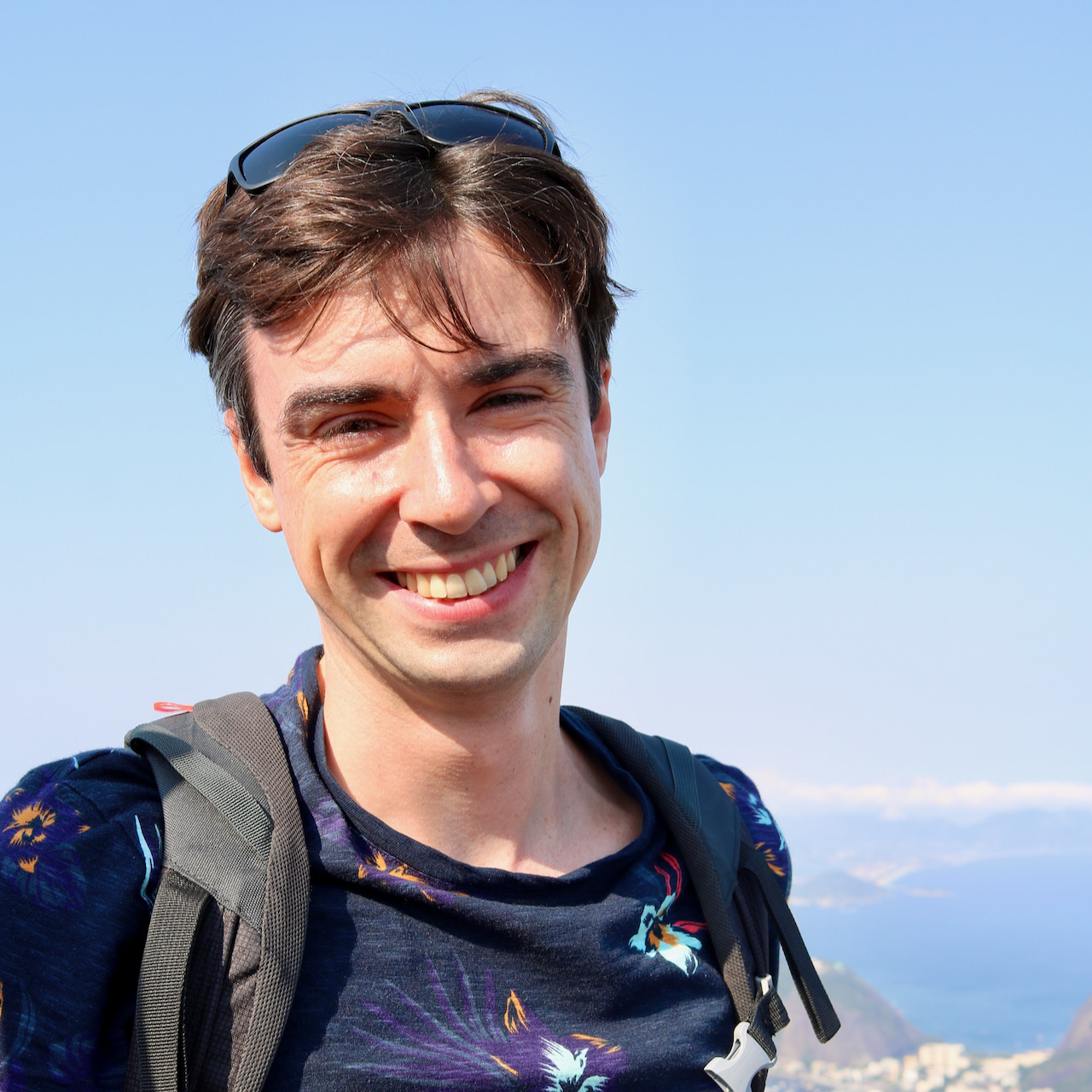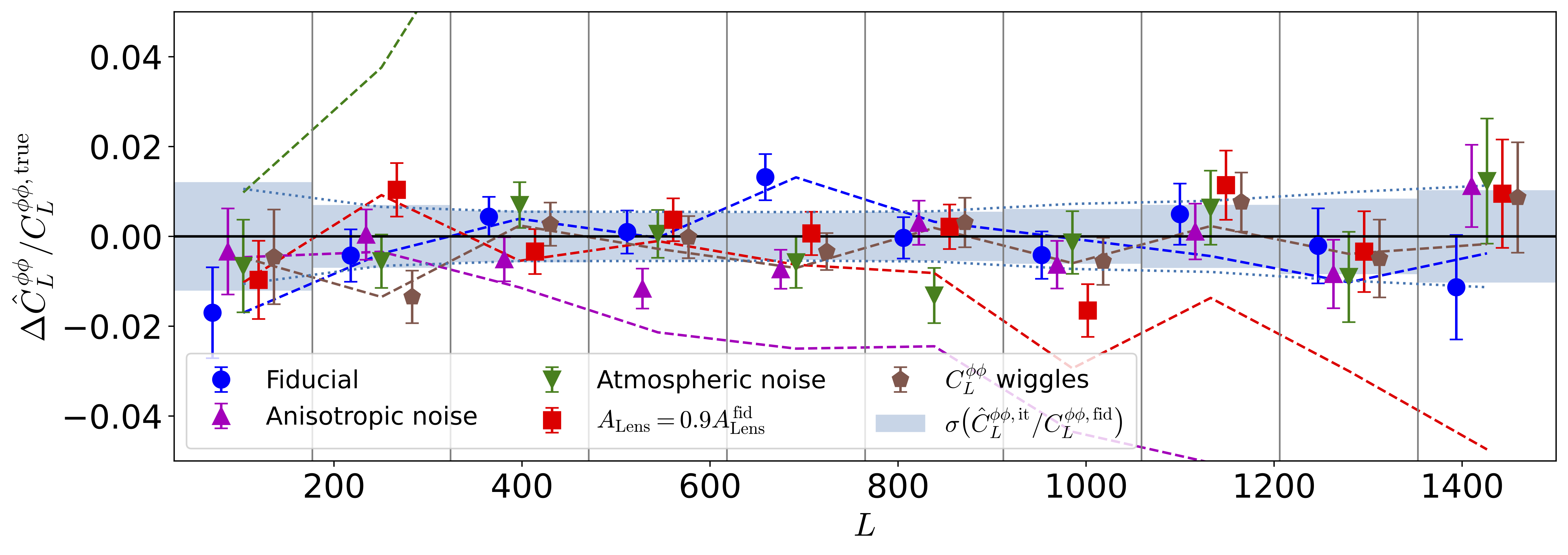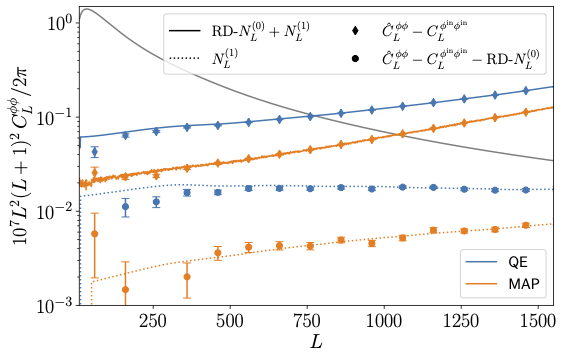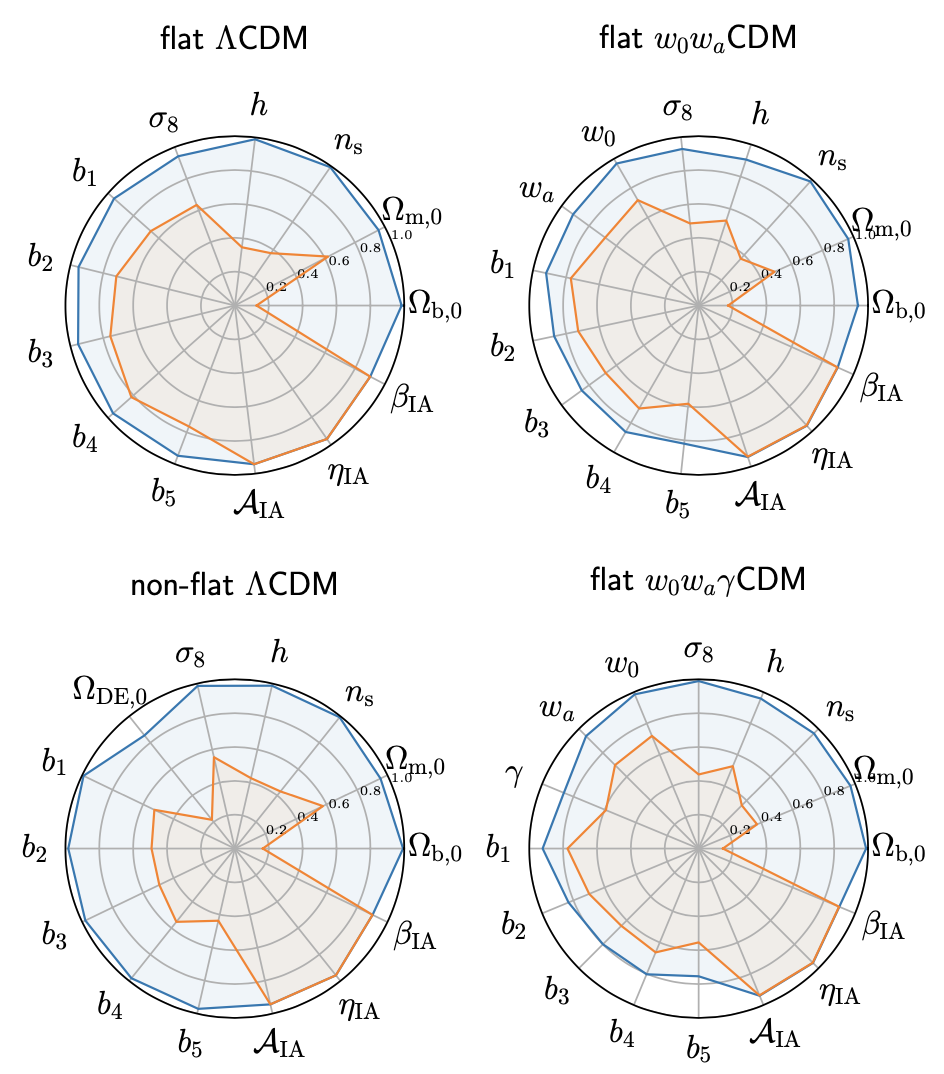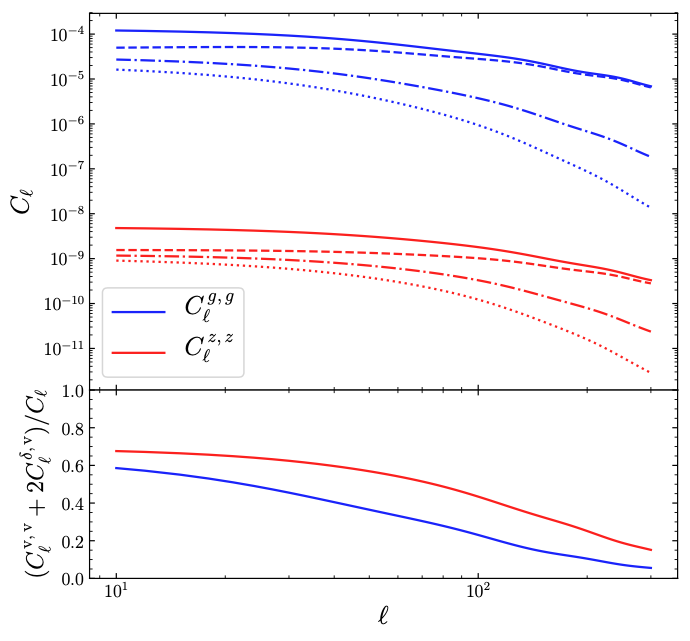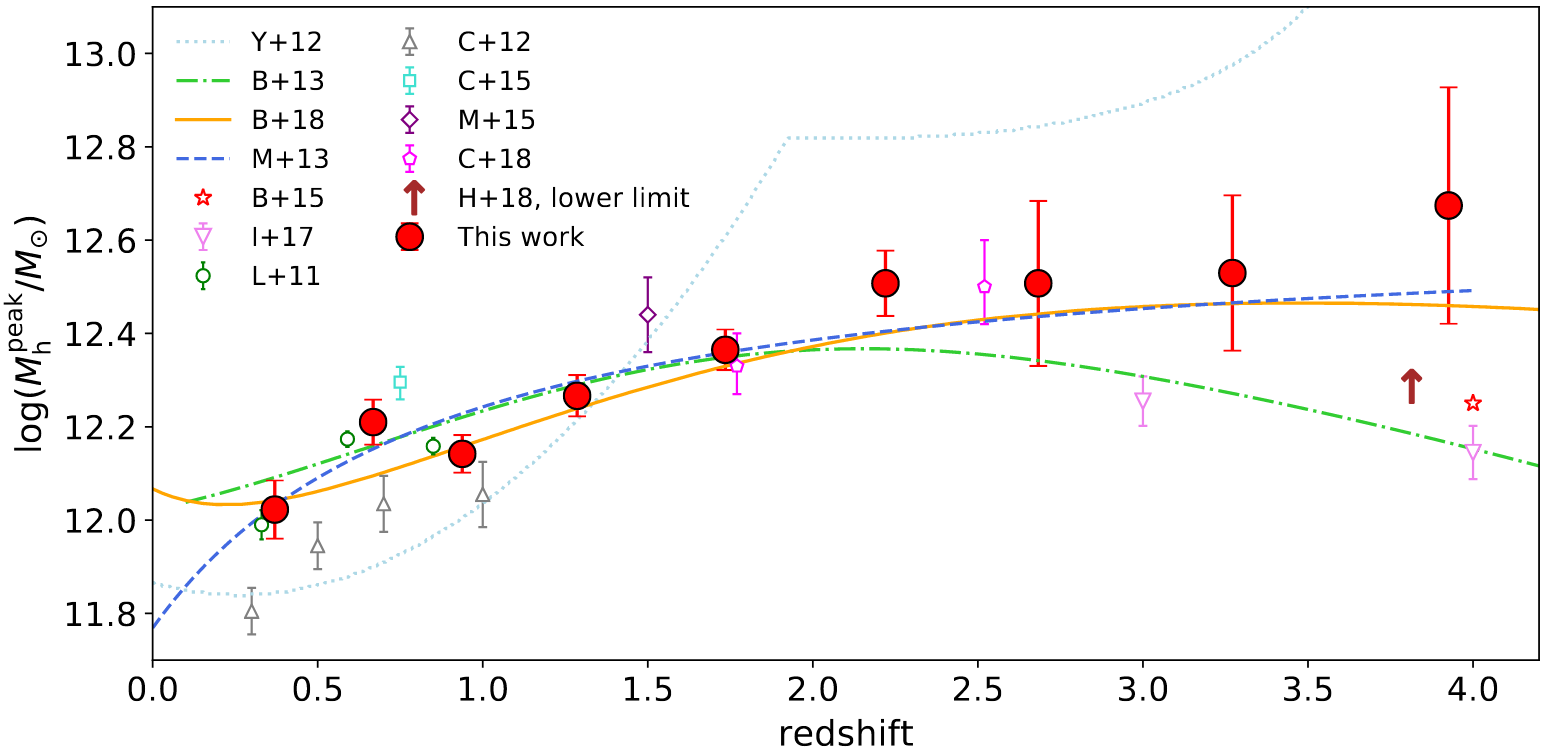About me
I am a Postdoc in cosmology working at the ICTP South American Institute of Theoretical Physics, in the State University of Saõ Paulo. Previously I worked at the University of Geneva in the cosmology group.
My interest is in understanding the invisible mass called dark matter and the unknown fluid called dark energy. For this I use several probes to measure the distribution of matter in the Universe. I currently focus on the weak gravitational lensing of the Cosmic Microwave Background (CMB), which gives the integral of the mass distribution up to the last scattering surface. My work is to develop new tools to reconstruct this lensing field for the next generation of CMB surveys, and get optimal constraints on cosmological parameters. I am also working in the combination of the CMB lensing field with other cosmological probes, in particular the clustering and weak lensing of galaxies of the upcoming Euclid survey.
You can find a complete list of my works here. I highlight some of them below.
